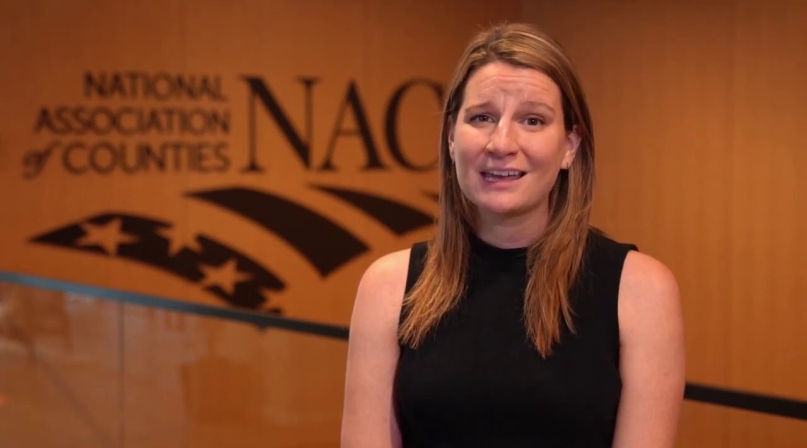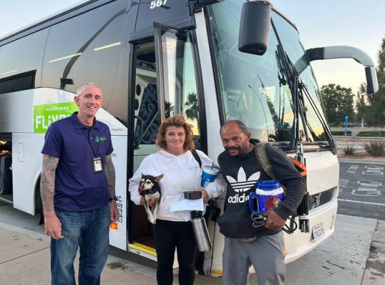NACo Provides Update on County Role in Child Poverty Prevention
Author
Upcoming Events
Related News

On October 12, NACo Associate Legislative Director Rachel Mackey was invited to speak as a part of the Child Poverty Action Group coalition about the role of counties in administering programs and implementing innovative solutions to reduce child poverty. The coalition hosted a virtual “Video Carnival” that featured member updates on ongoing federal policy priorities to combat child poverty. In her video, Rachel discussed NACo’s advocacy for the Child Poverty Reduction Act, the Two-Generation Economic Empowerment Act and other measures to give counties more flexibility to address child poverty in their communities.
Counties are committed to ending child poverty, which can lead to adverse outcomes in child health, education and future employment. Counties are on the front lines of social service delivery and invest more than $58 billion annually in federal, state and local dollars in human services programs. During COVID-19 and beyond, we have urged Congress and the administration to provide local governments with greater resources and flexibility to support our ongoing, innovative work to reduce child poverty in our communities.
Recent NACo efforts include urging Congress to provide direct aid to county governments of all sizes to help us respond to the unprecedented fiscal impact of the pandemic. Without this critical relief from our federal partners, county governments will face difficult budgetary decisions that could harm our ability to effectively provide workforce and social supports that help vulnerable county residents avoid poverty.
We have also been advocating for the passage of the Two-Generation Economic Empowerment Act (S. 3338). This bipartisan legislation would provide county governments with flexible federal funding for pilot programs that take innovative approaches to combat multi-generational poverty.
Finally, NACo urges Congress to act now to provide a 15 percent boost in the Supplemental Nutrition Assistance Program (SNAP) maximum benefit that would help all SNAP households, increase in the SNAP monthly minimum benefit from $16 to $30 and suspend SNAP time limits and rules changes that would cut SNAP eligibility and benefits. Counties are responsible for administering SNAP in 10 states representing more than one third of total program participants and face unprecedented operational challenges and increasing caseloads during the pandemic, making administrative flexibility a critical component of our ability to effectively serve our residents.
Click here to view more videos from the Child Poverty Action Group coalition.

Attachments
Related News

Insights from county leaders on the future of early childhood care and education
NACo's Prenatal-to-Three breakfast and listening session gathered county leaders to identify barriers, explore solutions and support local leaders advancing their priorities.

Ohio county boosts community youth programs with ARPA funding
Hamilton County, Ohio invested ARPA dollars in community organizations through the INSPIRE Youth initiative.

Team approach, website help California county tackle homelessness
Riverside County, Calif. created a multidisciplinary team to better and more efficiently serve its unsheltered population and share success stories and data through a website.
